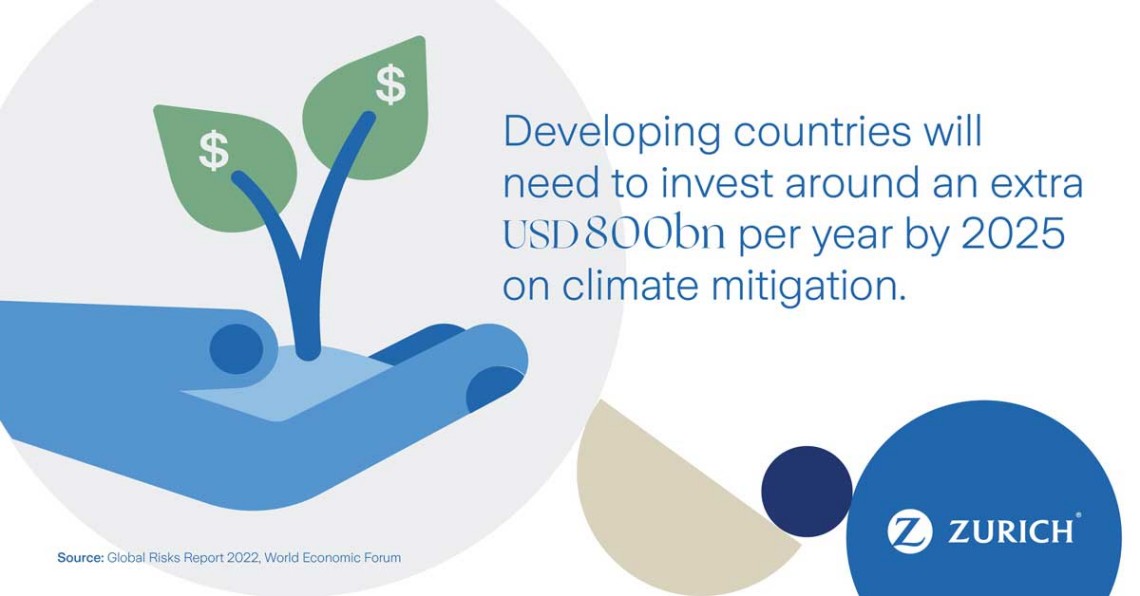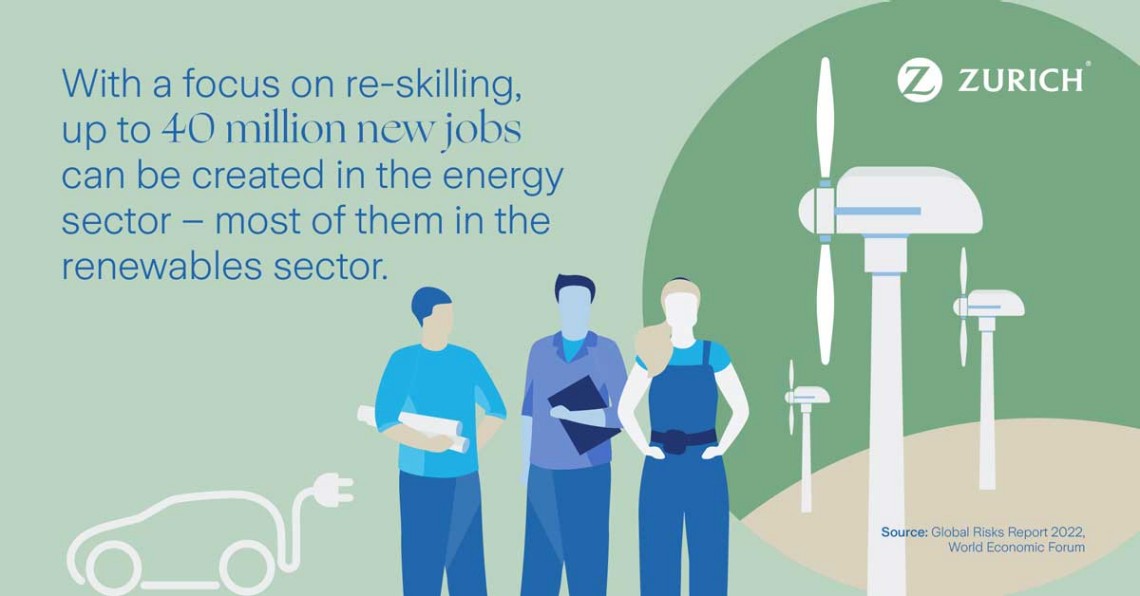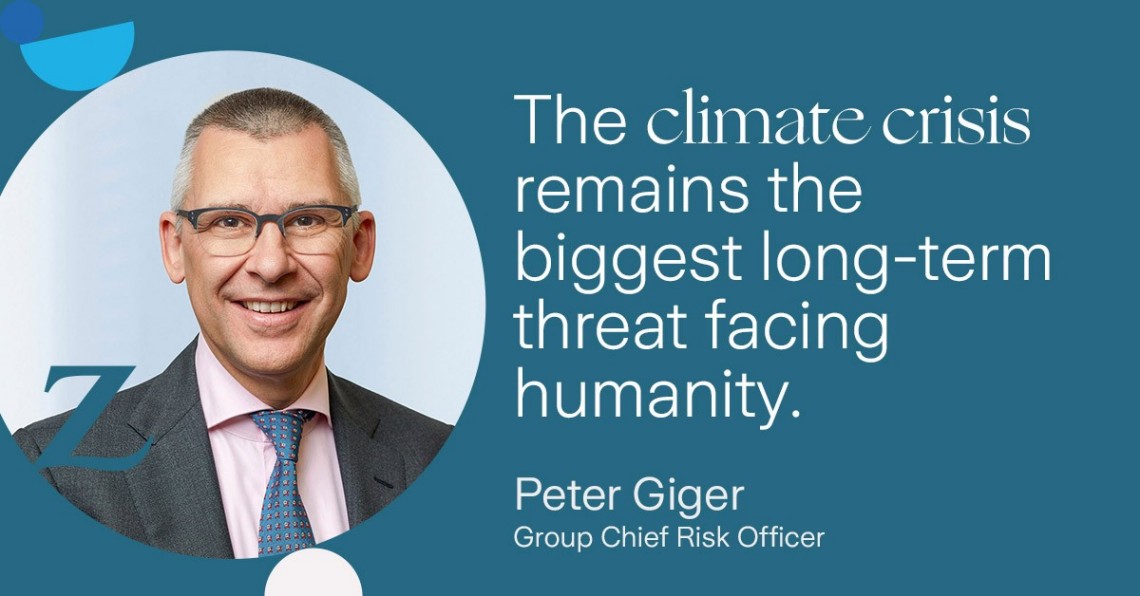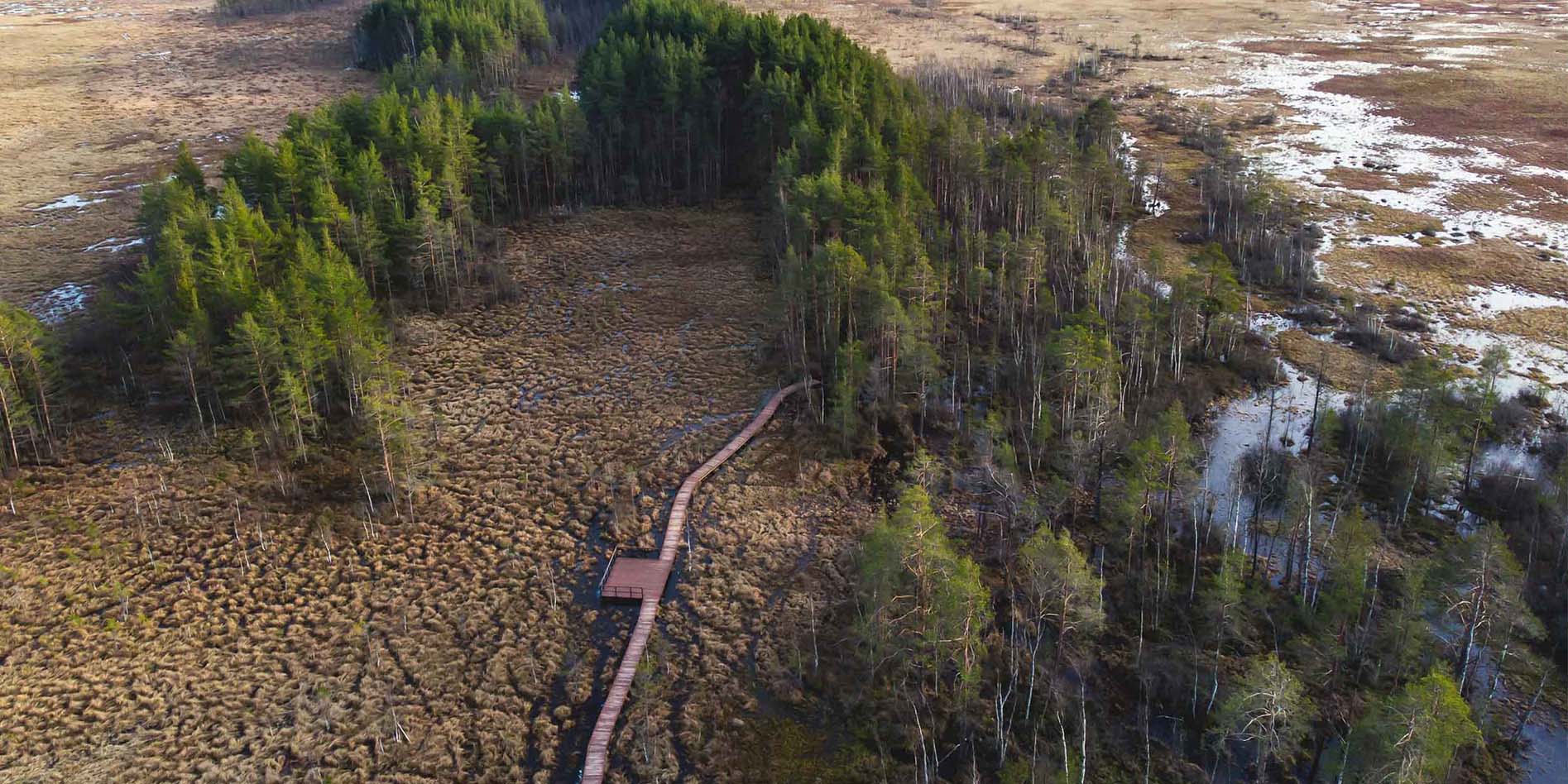The risks of net-zero transition – and why we should embrace them
SustainabilityArticle24 March 2022
By Peter Giger
Many governments and businesses fear a disorderly transition to net-zero. But this represents our best chance of achieving our climate goals. We must not let the risks of a disorderly transition become an excuse for slowing the journey to net-zero. Instead, we should grasp the opportunities that this change will create.
There is a general fear that the transition to net-zero might be disorderly. But this represents our best chance of achieving our climate goals. We must not let the risks of a disorderly transition become an excuse for slowing the journey to net-zero. Instead, we should grasp the opportunities that this change will create.
The climate crisis is the biggest long-term threat facing humanity. Finally, it seems governments have woken up to the need for urgent and aggressive action with the announcement of various ambitious emissions reduction targets during COP26. Further urgency was injected by emphasizing shorter-term targets such as halving emissions by 2030 to achieve net-zero by 2050.
But despite the optimism surrounding the new commitments at COP, they still fall short of the 1.5°C goal set out in the Paris Agreement. Instead, they steer the world towards 2.4°C warming, with even the most optimistic scenarios only achieving 1.8°C. There is much work to be done and time is short.
There are only eight years left in this decade and unless governments and businesses quickly take tangible and effective climate action in the next 12-18 months, there will be pressure to rush through actions later in the decade, potentially with a raft of new policy – and perhaps harsh economy-wide interventions – to meet their deadlines. The introduction of economic drivers, such as mechanisms to establish an effective carbon price, will be an important step. Following positive developments at COP26, we now have clear accounting guidance for emissions trades between countries. It took six years of discussions, but the Paris rulebook – guidelines for how the Paris Agreement is delivered – was finally agreed in Glasgow. This includes Article 6 that establishes a framework for countries to exchange carbon credits through the UN and will give market access to all countries that want to attract green investment through the global carbon market.
The changes will require the introduction of new economic policies and fresh regulations that affect not only supply-side, but also influence demand-destruction for carbon intensive goods and services. These demand-destruction measures are likely to include redirecting subsidies away from fossil fuels to low carbon technologies and rolling out new building regulations that demand the use of low-carbon building materials.

Is a disorderly transition inevitable?
The fear is that late and rapid policy shifts – like those listed above – will leave businesses and societies with little time to adapt and could cause deep disruption. It will also provide less time to develop and finance the necessary green infrastructure and technologies. Emissions reductions may even have to become deeper to stay on course to achieve these targets. Instead of experiencing a smooth transition to a net-zero world, we risk a chaotic – or “disorderly” – transition.
The 2022 Global Risks Report has “climate action failure” as the number one risk over the coming decade. The most documented risks associated with climate action failure are physical risks, such as an increase in the frequency and severity of severe weather. But the transition risks linked to the transformation to a net-zero future are getting more attention. A disorderly transition would exacerbate these risks, impacting the ability for organizations to conduct business, causing economic volatility and destabilizing the financial system.
Of course, a disorderly transition will likely hit carbon-intensive sectors and their supply chains the hardest. For instance, more than 8 million jobs could be lost in the fossil fuels sectors alone by 2050. You can also expect an impact in transport, agriculture and heavy industries, to name a few. Like in other industrial revolutions, whole industries may disappear if their business models are incompatible with a net-zero future.
But a disorderly transition will have far-reaching economic and social implications. The current energy price spikes are just the tip of the iceberg in terms of the impact of the net-zero transition. If governments put too much pressure on investors to divest from fossil fuel companies in a precipitous way, then this will only produce supply constraints, energy price instability and a reduction in energy security, which will create geopolitical risks.
As the Global Financial Crisis demonstrated, disruptions in one sector can quickly spread across the entire economy and trigger political intervention. This will affect the livelihoods of individuals and disrupt labor markets.

Embrace the disorder
So, what’s the answer to ensure we curtail global warming without enduring net-zero transition risks? From a business perspective, it is best to assume the transition is going to be disorderly. The concept of an “orderly transition” seems very unlikely given the scale of the technological, economic and societal changes needed for decarbonization, especially if greenwashing or stalling on commitments delay the transition. Previous industrial revolutions have also been highly disruptive and disorderly.
Expecting governments to enact the right regulations in a timely manner is a dangerous waiting game. We’re likely to end up with a “too little, too late” scenario. It’s best to take lessons from previous transitions. For instance, the losers from the digital transition waited for change to impact them, rather than driving change themselves.
Instead, see a disorderly and disruptive transition – as in all periods of change – as an opportunity. Even in the COVID-19 pandemic, businesses that are agile, innovative and resourceful have thrived. Many have helped us to adapt to the pandemic by producing vaccines and personal protective equipment that save lives, to providing remote communication tools and home delivery services that help us continue our lives during lockdowns.
Businesses need to be innovative and visionary entrepreneurs. We are entering a new kind of industrial revolution and leaders must adapt or even transform their businesses to become part of the net-zero future – and avoid being adversely impacted by it.
For instance, many governments have committed to phasing out the internal combustion engine, but if the rollout of charge points for electric vehicles (EVs) is too slow then there could be a disorderly transition to EVs. But there’s also an opportunity for businesses.
Dedicated charging companies could win huge infrastructure contracts, utility companies could use charging points to drum up more demand for their clean electricity, oil companies could add charging points to their forecourts, even carmakers and investors have an opportunity. This all assumes that EVs will become the clean vehicle of choice. Other automakers may find technological solutions that unlock the commercial opportunity of using different fuels, like hydrogen.

The time for action is now
The risks of a disorderly transition cannot be used as an excuse to slow the journey to net-zero. To the contrary, the longer we wait the more likely we’ll face a disorderly transition. And if we fail to act, the damage caused by unabated emissions and ultimately the long-term consequences of climate change will be even more cataclysmic than the potential transition risks. Just looking at it through a financial lens, the world economy could lose up to 18 percent of GDP if no mitigating actions are taken to combat climate change.
Although a disorderly transition appears inevitable, it is not too late to smooth out the journey. Governments and businesses can still make bold steps to assess the risks they face, and then take action to drive an innovative, successful and inclusive transition that protects economies and jobs.
Governments need to introduce ambitious climate policies that back up their nationally determined contributions (NDCs) with action. This climate action must be taken in a way that is both transparent and consistent to allow businesses and investors to plan for future changes.
Governments must work with business, in particular the carbon-intensive sectors, to introduce clear incentives to invest in net-zero technologies and to encourage a shift in consumer behaviours that creates demand-destruction for carbon-intensive products and services. The removal of fossil fuel subsidies and the introduction of carbon pricing would be a great first step.
We must also ensure that no one gets left behind. Policies that accelerate the reskilling of workers in carbon-intense sectors – such as the fossil fuels industry – are just one example. New opportunities will be created: by 2050, 42 million people could be employed in renewable energy compared to 11 million in 2018. We must ensure people have the skills to grasp these opportunities.
The road to net-zero will not be perfect. Net-zero transition represents a significant short-term threat to financial and economic stability, yet it offers great opportunities too. But ultimately, it’s on us. As individuals, communities and businesses we need to take steps to adapt and prepare for the changes that will come. To be ready to grasp the opportunities. Hopefully, governments will create a smooth and orderly transition to net-zero. But it’s best to be prepared and for all of us to strap in for a bumpy ride ahead.




